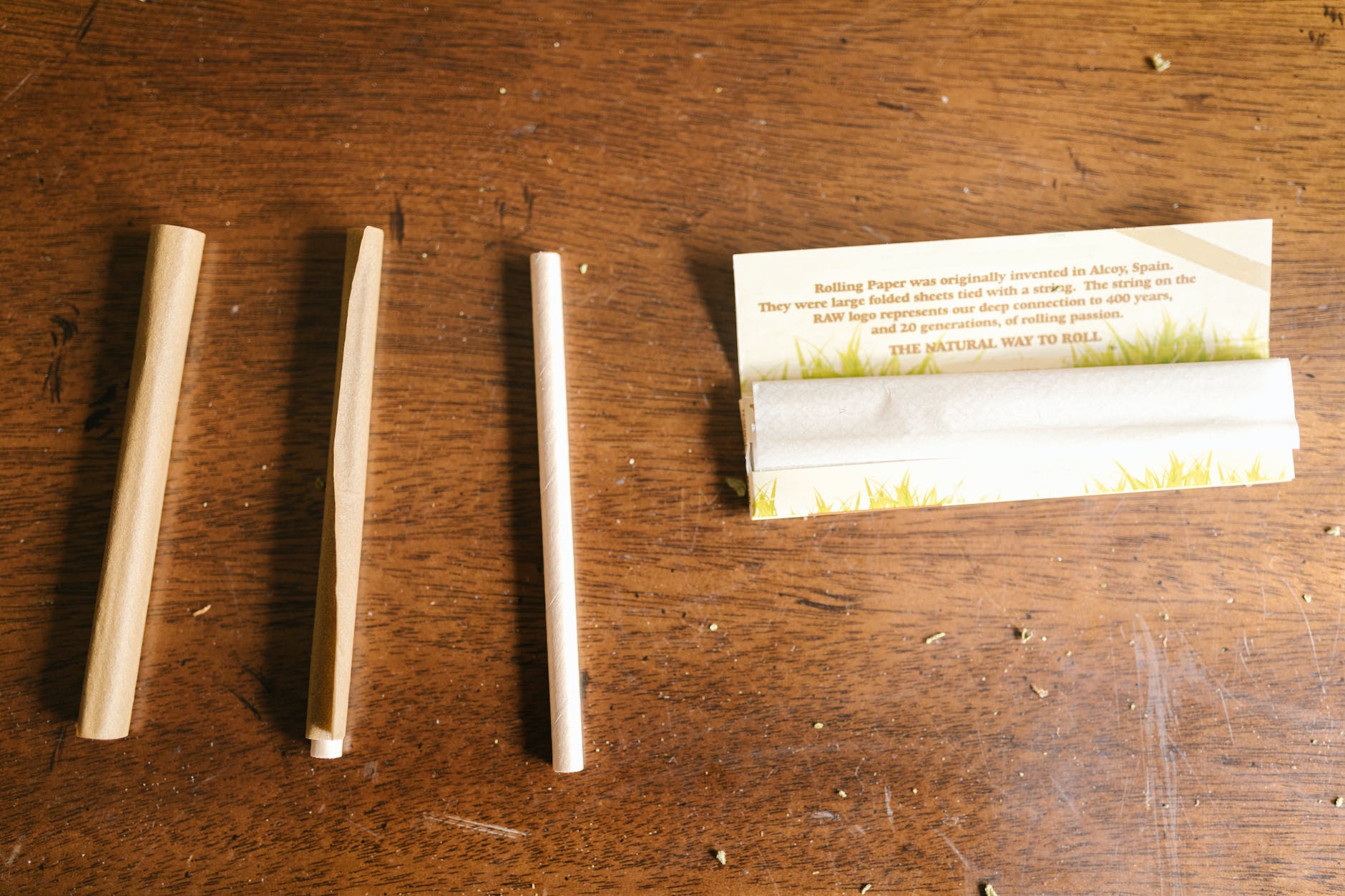Indoor cannabis farming has gained substantial popularity recently due to the increasingly significant role of altered environmental control. Irrespective of outdoor farming, having the ability to control every aspect of cannabis growth can lead to some exemplary outcomes. The comparison between indoor and outdoor farming methods is not straightforward as each technique has its distinguished pros and cons heavily influenced by factors like hydroponics, grow lights, organic soil, outdoor cultivation, and most importantly, yield and potency.
Growing cannabis indoors with hydroponics systems has become a common method due to the sterile environment it provides. Using growth mediums like water instead of soil helps increase the nutrient uptake by the plant, leading to faster growth and even potentially larger yields. Contrastingly, cannabis plants grown outdoors draw nutrients from the organically enriched soil, which could increase the final product’s health benefits and let the plant grow naturally, leading to a unique terpene profile.
One advantage of indoor cultivation is the ability to grow cannabis all year round, thanks to grow lights. These artificial light sources mimic different stages of sunlight exposure seen in the great outdoors. As a result, they can create the perfect light-spectrum-to-temperature ratio that the plant needs at various growth stages. However, this necessitates careful monitoring of the lighting period, intensity, and spectrum, translating to a higher financial investment compared to outdoor farming.
On the other side of the specter, outdoor cannabis farming uses the most powerful light source available – the sun. This natural lighting has the perfect light spectrum for cannabis development and encourages more robust growth without additional cost. However, unlike indoor farming, outdoor cultivation is subject to weather conditions and seasonal changes, limiting growth to specific periods within the year.
The choice of organic soil plays a pivotal role in both farming modes but is profoundly different in their handling. For indoor farming, great care must be taken to maintain the organic soil’s nutrient balance and pH level. Conversely, outdoor farming takes advantage of the complex soil microbiome, and the grower nourishes the soil rather than the plant. Despite this, outdoor farming has to contend with soil-borne diseases, pests, and wildlife threats.
When it comes to yield, indoor cannabis growth tends to produce higher yields, mainly if techniques such as Low-Stress-Training (LST), Screen-of-Green (Scrog), or Sea-of-Green (SOG) are implemented. Outdoor farming, on the other hand, can increase the yield due to larger plant sizes, but the yield per plant might be lower compared to indoor farming.
Lastly, there is the much-debated aspect—potency. While arguments abound on each side, it seems that indoor-grown cannabis, due to the controlled environment, might lend itself better to growing the increasingly popular high-potency strains. Despite this, the outdoor cannabis plant’s natural development process might result in a balanced cannabinoid and terpene profile, which arguably produces a ‘fuller’ effect when used.
In conclusion, the indoor vs. outdoor cannabis growing method doesn’t necessarily crown a clear victor. The decision is quite subjective, relying on the specific goals of the cultivator. Whether it’s indoor’s controlled environment, promising higher yields and potency, or outdoor’s natural, health-focused growth, each method has its attractive features and challenges. Exploring every factor – be it hydroponics, grow lights, organic soil, outdoor cultivation, yield, or potency, can help in making the right choice for individual needs.
